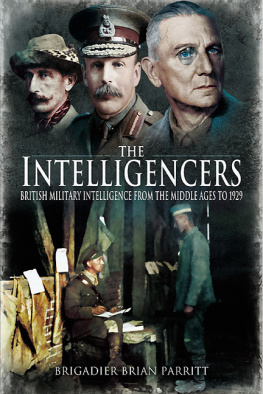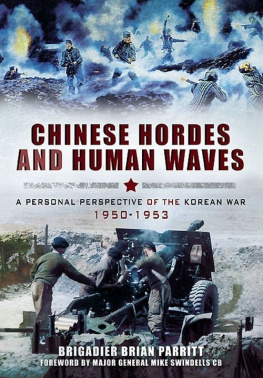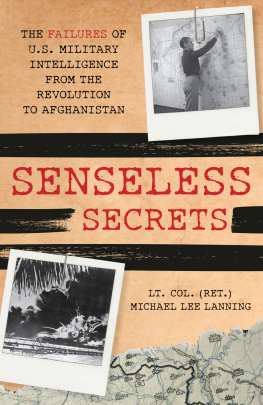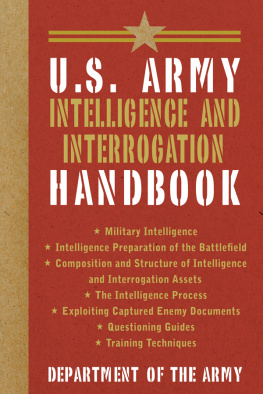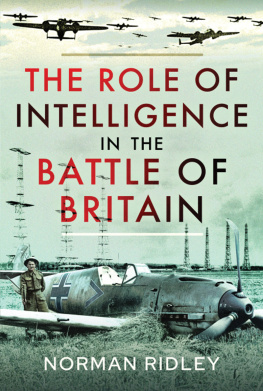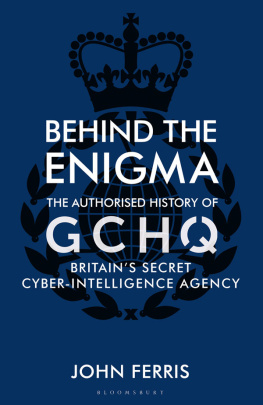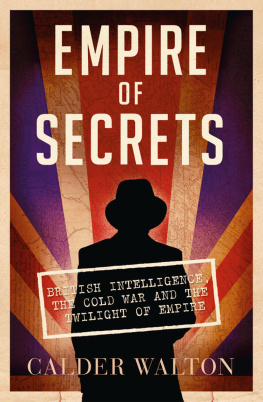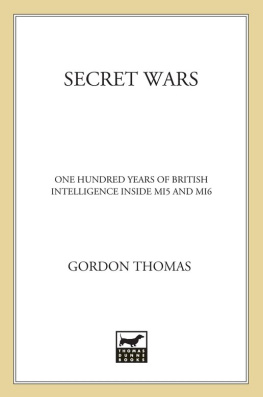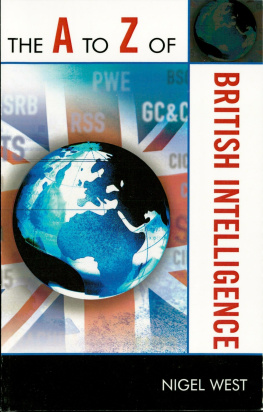Dedication
To All those Members of The Intelligence Corps who gave their lives for their Country
All Royalties from the sale of this book are being donated to Intelligence Corps funds

First published in Great Britain in 2011 by
PEN & SWORD MILITARY
an imprint of
Pen & Sword Books Limited
47 Church Street
Barnsly
S. Yorkshire S70 2AS
Copyright B.A. Parritt, 2011
ISBN 978 1 84884 414 8
eISBN 978 1 84468 364 2
The right of B.A.H. Parritt to be identified as Author of this Work has been asserted by him in accordance with the Copyright, Designs and Patents Act 1988.
A CIP catalogue record for this book is available from the British Library
All rights reserved. No part of this book may be reproduced or transmitted in any form or by any means, electronic or mechanical including photocopying, recording or by any information storage and retrieval system, without permission from the Publisher in writing.
Typeset in Palatino by Chic Media Ltd
Printed and bound in England
by CPI
Pen & Sword Books Ltd incorporates the imprints of Pen & Sword Aviation, Pen & Sword Maritime, Pen & Sword Military,Wharncliffe Local History, Pen & Sword Select, Pen & Sword Military Classics, Leo Cooper, Remember When, Seaforth Publishing and frontline Publishing
For a complete list of Pen & Sword titles please contact:
PEN & SWORD BOOKS LIMITED
47 Church Street, Barnsley, South Yorkshire, S70 2AS, England.
E-mail: enquiries@pen-and-sword.co.uk
Website: www.pen-and-sword.co.uk
Contents
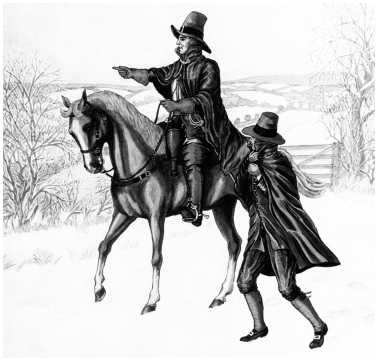
New Model Army Scoutmaster, drawn by H.B. Eaton, Int Corps.
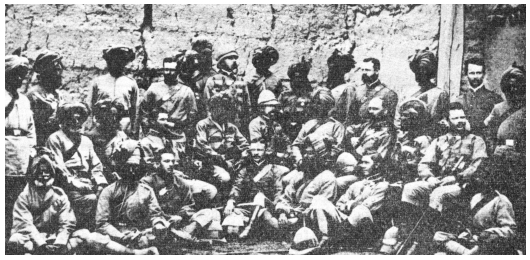
The Queens Own Corps of Guides. A magnificent fighting regiment but a disappointing Intelligence Unit.
The Natal Corps of Guides. Raised by the Hon T.K. Murray, and Major David Henderson on the outbreak of the South African War.
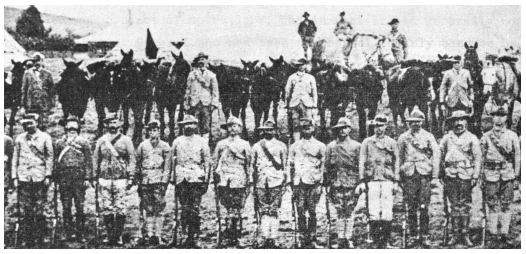
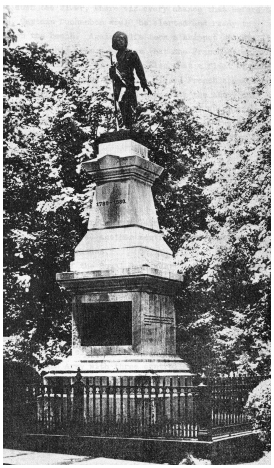
Memorial in Tarrytown, near New York, to the Militiamen who captured Major John Andrei.
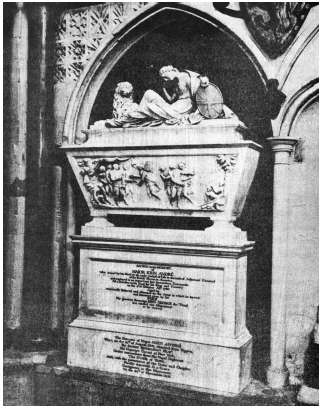
Memorial in Westminster Abbey to Major John Andre who was hanged as a spy.
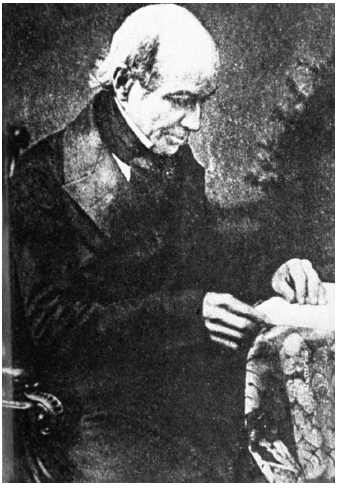
Major Thomas Best Jervis, prematurely retired officer of the Bengal Engineers, who became Head of Intelligence by finding a map in a second hand book shop in Belgium.
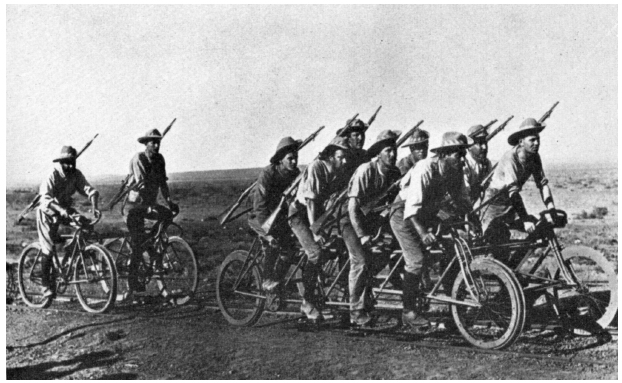
Scout Unit on modified tandem cycles, using the railway line to cross the Veldt.

Basuto members of the Intelligence Corps, part of the Kimberley Intelligence Staff.
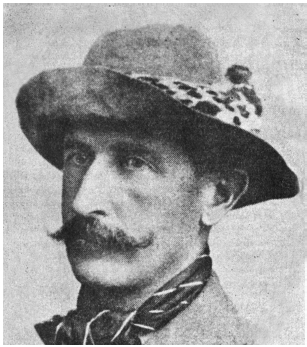
Colonel M.F. Rimington, who raised the Imperial Corps of Guides in 1889. This unit was known at the time as an Intelligence Corps, also Rimington Tigers, from the piece of wild cat fur they wore in their hats.
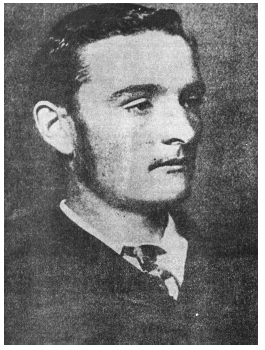
Lt Col F.H. Damant DSO, who took command of Rimingtons Scouts on the departure of Colonel Rimington and changed the name to Damants Scouts.
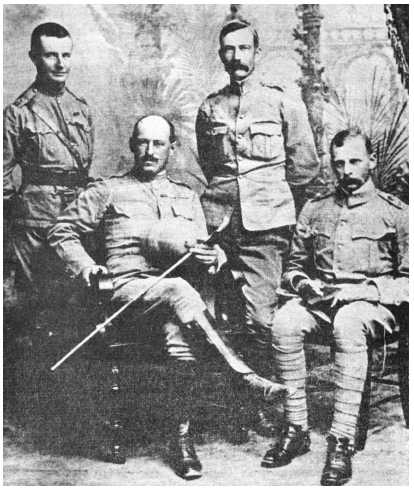
Four of the original ten Intelligence officers sent to South Africa before war broke out. Lt Col R.G. Kekewich seated left. Major Scott-Turner seated right, was killed leading a sortie out of the besieged town.
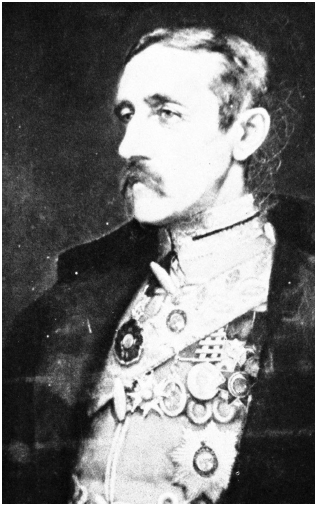
Major General Sir John Ardagh, who reminded Count Gleichen of a Maribu stork.
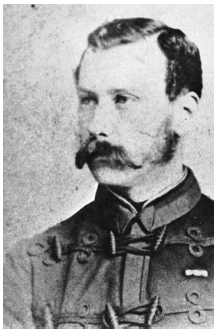
Major Henry Brackenbury RA, one of the Wolseley Ring whose succesful combination of active service and intelligence appointments led him to a seat on the Army Council.
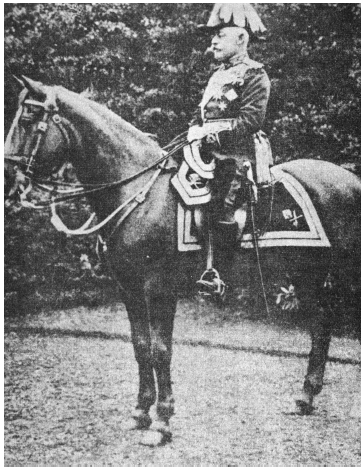
Major General Sir J.M. Grierson RA, whose friendship with an Indian editor eventually resulted in his promotion to Director of Military Operations.
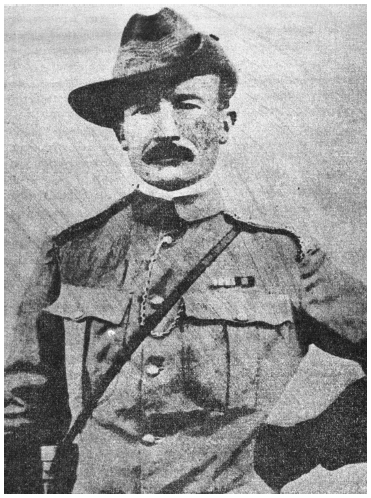
Major Robert Baden-Powell, founder of the Boy Scout Movement who acted as a tourist and drew pictures of butterflies, where the veins were the lines of the fort and the dots were the guns.

Scout Balloon which, being perfectly spherical, made Count Gliechen feel sick.

Picture of Jan Smuts in 1900 in the FID Black List of Most Wanted Men. Jan Smuts later became a Field Marshal in the British Army.
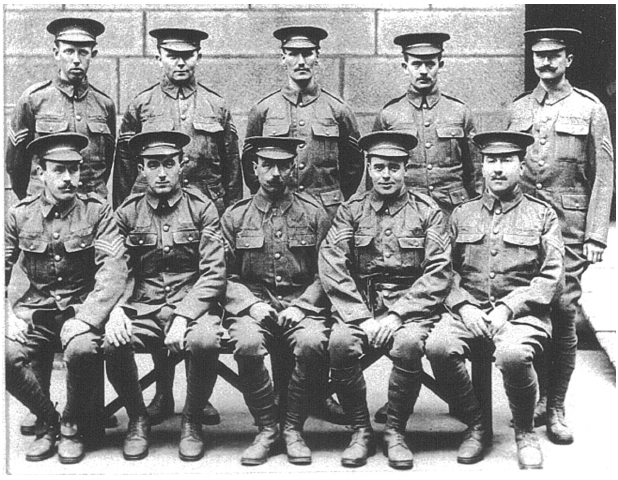
French speaking Scotland Yard detectives who joined the Int Corps in 1914.

2Lt F.E. Hotblack, the most decorated Int Corps Officer in WWI. DSO and BAR and MC and BAR.
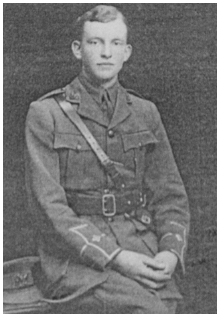
2Lt Arthur Bosworth, original Int Corps Officer 1914. Mentioned in Dispatches. Rejoined Int Corps 1939. Evacuated from Dunkirk.

